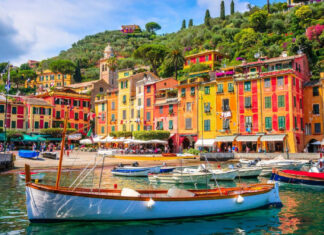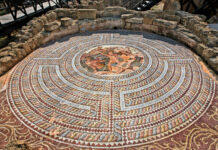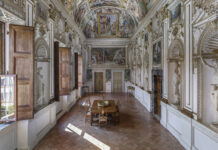The Birth of Venus by Sandro Botticelli

A true Renaissance marvel, “The Birth of Venus” is an ethereal depiction of the goddess emerging from the sea on a seashell. Botticelli’s masterpiece, known for its grace and symbolism, exudes elegance and remains an iconic representation of the Florentine artistic movement.
Primavera (Allegory of Spring) by Sandro Botticelli

Another masterpiece by Botticelli, “Primavera,” is a captivating allegory portraying the arrival of spring. The painting’s mythological figures and lush landscape symbolize fertility and rebirth, inviting viewers into a world of poetic beauty.
Madonna of the Goldfinch by Raphael

Raphael’s “Madonna of the Goldfinch” radiates maternal tenderness as the Virgin Mary watches over the young Christ holding a goldfinch, a symbol of Christ’s future suffering. The painting’s exquisite detail and emotional depth make it a timeless treasure.
The Annunciation by Leonardo da Vinci
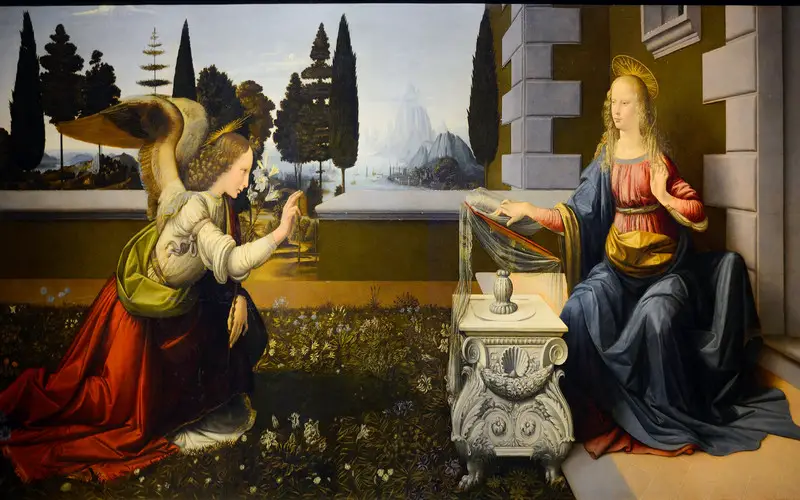
Leonardo da Vinci’s “The Annunciation” showcases the moment when the Archangel Gabriel announces to the Virgin Mary that she will bear the Son of God. This early masterpiece by da Vinci portrays his exceptional talent for portraying light and shadow.
The Doni Tondo (The Holy Family) by Michelangelo
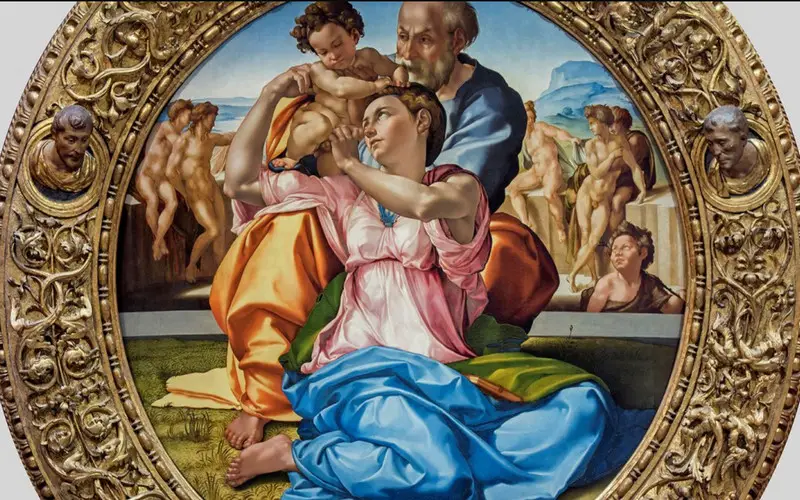
Michelangelo’s only surviving panel painting, “The Doni Tondo,” portrays the Holy Family in a circular composition, showcasing the artist’s mastery of form and expression. The dynamic arrangement of figures and the emotional intensity make this painting a profound artistic achievement.
Venus of Urbino by Titian
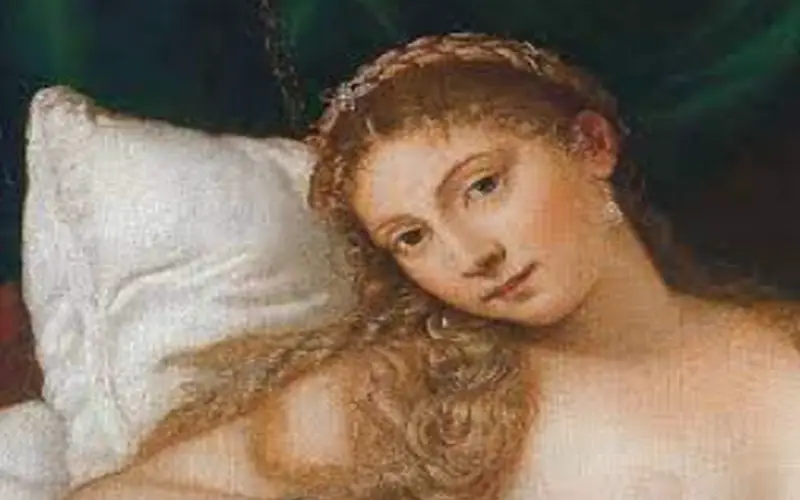
Titian’s “Venus of Urbino” is a provocative depiction of a reclining nude woman, a symbol of beauty and sensuality. The painting’s rich colors and the serene yet alluring gaze of Venus have captivated audiences for centuries.
Medusa by Caravaggio
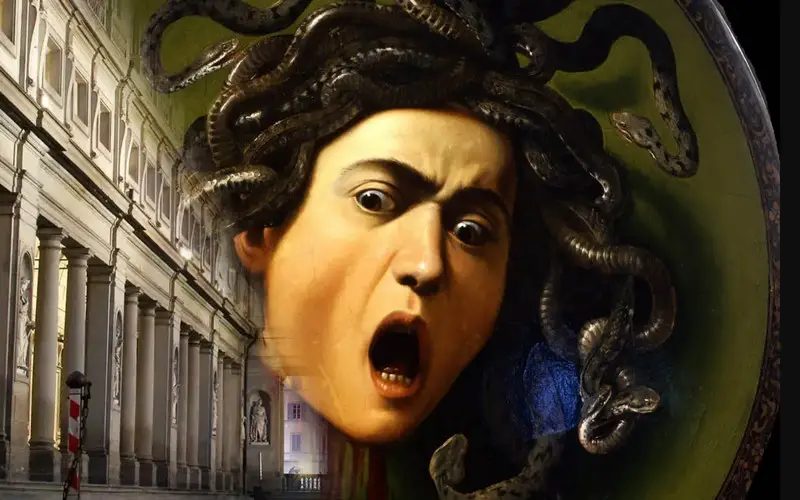
Caravaggio’s “Medusa” is a haunting portrayal of the mythological creature. The artist’s use of light and shadow intensifies the horror of Medusa’s decapitated head, creating a dramatic and powerful image.







